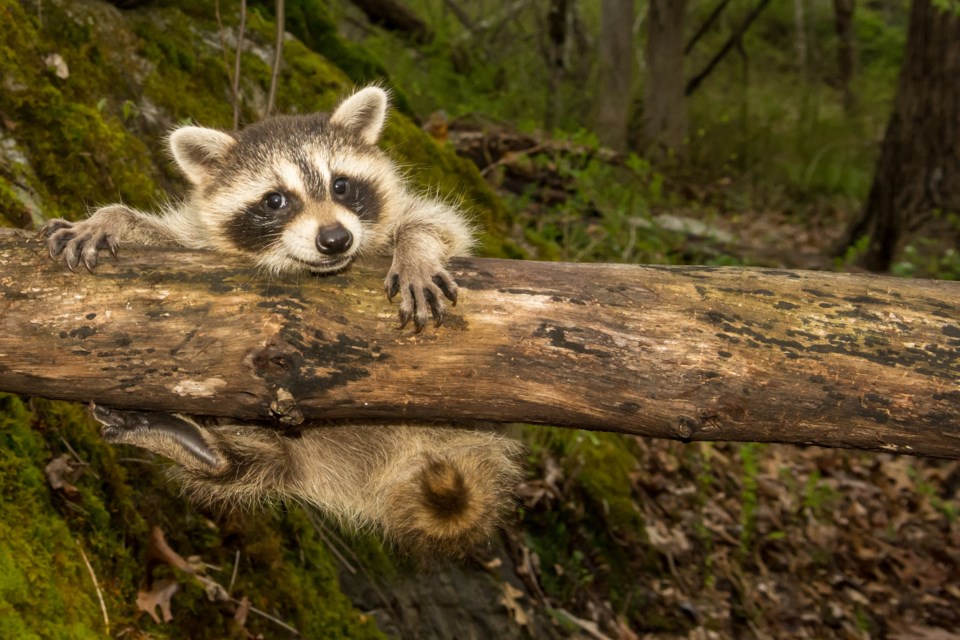Many people are trying to grow their own food during the ongoing coronavirus pandemic. Hands are sketching plans onto paper. Window boxes are appearing on balconies. Seeds are sprouting in repurposed plastic containers.
For some of us, this is a familiar ritual. For others, the practice of growing food is brand new territory.
Regardless of experience, most home gardeners will contend with the challenge of pests. The word pest describes any organism that causes harm to humans or human interests. Pests can cause sudden and significant damage to homegrown food.
However, with a little planning, monitoring and intervention, there are steps you can take to reduce the likelihood and severity of these losses. Here are some thoughts to consider:
Hedge your bets
Pest impact varies considerably over short distances (e.g. sunny front yard to shady backyard). Some pests are picky eaters and only feed on a handful of plant types. For example, the Colorado potato beetle feeds on nightshades, including tomatoes, eggplants, peppers and potatoes.
Other pests pose risk only at certain times of the year. For instance, slug damage to plant seedlings is most severe in early summer.
By planting a diversity of plant species, in different places, with staggered planting dates, you can increase your chances of an abundant harvest. Check the back of your seed package for an estimate of how many days it will take the plant to reach maturity to ensure late-starters will have time to reach their full potential.
Notice the animals around you and plan ahead
Think about what animals you regularly see in your neighbourhood — and plan your lines of defence.
Deer have a particular fondness for crops like beans, peas, spinach and sweetcorn. If deer can access your plants, you should consider investing in fencing or netting. Deer tend to turn up their noses at strongly scented plants like mint, onions or oregano, and these can be planted in the places accessible to deer.
If your neighbourhood has a healthy raccoon population, container gardens might be a good option for you. By planting in containers, you can move your garden indoors at night and protect your harvest.
Are you losing your tomatoes? Try harvesting them before the fruits reach peak ripeness. Placing unripe tomatoes in a paper bag for a few days will allow them to ripen in safety.
Not all insects are bad
Many major agricultural pests are insects and cause major losses of food across the world. However, an insect on your plant does not mean that it is causing harm.
Try watching the insect for a moment. How does it behave? Does it seem to be eating or laying eggs? If so, you might have a pest. Otherwise it could be a predator searching for a smaller insect to eat, a pollinator warming itself in the sun or simply a passerby on its way elsewhere.
If you have access to a digital camera, try taking a clear photo of the mystery insect. You can upload this photo onto the iNaturalist platform along with the time and location of the observation. Interested members of the public, scientists and even a nifty algorithm can help you identify the creatures you encounter.
Be careful if you use pesticides
When pest impact is severe, some opt to use pesticides. Active pesticide ingredients (even if labelled as natural or organic) can be harmful if used improperly — always follow the label directions.
Pesticide labels are legal documents that must be followed. They are written to protect the health of you, your family, your pets and the wider environment. Some regions prohibit the use of certain types of pesticides, so please familiarize yourself with local regulations before use.
Preventing hospital visits is even more important given the pressure our health-care system faces under COVID-19. Before using pesticides, try lower-risk options like integrated pest management practices, such as growing pest-resistant plant varieties, using row covers or including plant species that are highly attractive to natural enemies (like parasitic wasps) within the garden.
Ask for help
Whether you are a new or seasoned home gardener, pest problems can be real head-scratchers. Social media is an excellent way to connect with other gardeners to ask questions. Try #growyourown on Instagram, vegetable gardening forums on reddit or gardening groups on Facebook.
There are also a number of excellent blogs if you prefer to start with background reading.
While we are still physically distanced from one another, try picking up the phone and calling a friend who likes to garden. Take this time to connect with others over the challenges and joys of growing food.
Be kind to yourself
The food you purchase at farmer’s market and from grocery stores is grown by experts with knowledge, technology and dedicated time. Due to market demand, more often than not, the food on display is the best of the best.
So-called ugly produce is processed, used to feed livestock or wasted. Some of the food you grow will be ugly, often because of pest activity.
You may find caterpillars inside ears of corn or holes in your kale. Instead of fretting, use your discretion. Try removing the damaged portion using a sharp clean knife.
Enjoy the rest. It will be delicious, or at the very least — homegrown.![]()
Paul Manning, Postdoctoral Research Fellow, Faculty of Agriculture, Dalhousie University
This article is republished from The Conversation under a Creative Commons license. Read the original article.
